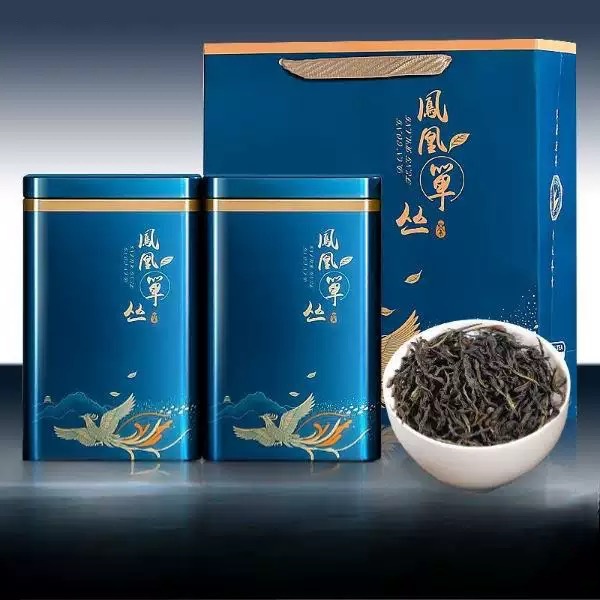
,文章字数在1000字左右。
html
The Origin and Historical Development of Oolong Tea
Oolong tea, a semi-oxidized tea with a rich and complex flavor profile, holds a special place in the world of tea. Its origins trace back to China, where it has been cultivated and perfected over centuries. The history of oolong tea is as intricate as its taste, blending legend, tradition, and meticulous craftsmanship.
The Legendary Beginnings
The exact origin of oolong tea is shrouded in myth and folklore. One popular legend attributes its discovery to a tea farmer named Wu Liang in the Fujian province during the Ming Dynasty (1368–1644). According to the tale, Wu Liang was distracted by a deer while harvesting tea leaves, causing him to delay the processing. By the time he returned, the leaves had partially oxidized, resulting in a unique aroma and flavor. Delighted by the accidental discovery, he shared it with others, and thus, “Wu Liang tea” (later corrupted to “oolong”) was born.
Another version of the story suggests that the name “oolong” (meaning “black dragon” in Chinese) comes from the dark, twisted appearance of the tea leaves, which resemble the mythical creature. Regardless of its true origin, oolong tea’s creation marked a significant innovation in tea processing, bridging the gap between green and black teas.
Historical Development in China
Oolong tea’s production techniques were refined during the Qing Dynasty (1644–1912), particularly in the Fujian and Guangdong provinces. The Wuyi Mountains in Fujian became a renowned center for oolong tea cultivation, producing prized varieties like Da Hong Pao (“Big Red Robe”), which was said to have cured an emperor’s illness and earned imperial favor.
During this period, tea masters experimented with varying degrees of oxidation and roasting, leading to the diverse range of oolong teas we know today. The Anxi region of Fujian also gained prominence for its Tie Guan Yin (“Iron Goddess of Mercy”), a lightly oxidized oolong with a floral aroma.
Spread to Taiwan
In the 18th and 19th centuries, oolong tea cultivation spread to Taiwan, where it flourished due to the island’s ideal climate and terrain. Taiwanese tea farmers adapted Chinese techniques to local conditions, creating distinctive oolong varieties such as Dong Ding (“Frozen Summit”) and Alishan. Taiwan’s high-mountain oolongs, grown at elevations above 1,000 meters, are celebrated for their delicate, sweet flavors and floral notes.
The Japanese colonial period (1895–1945) further influenced Taiwan’s tea industry, introducing modern production methods and expanding export markets. Today, Taiwan is synonymous with high-quality oolong tea, with its teas highly sought after by connoisseurs worldwide.
Keyword: Origin and History of Oolong Tea
Global Recognition and Modern Production
Oolong tea gained international recognition in the 19th century, thanks to trade routes established by European merchants. Its unique flavor and health benefits captivated tea drinkers beyond Asia, leading to growing demand in Europe and North America.
Modern oolong tea production remains rooted in traditional methods, though advancements in technology have improved consistency and efficiency. The process involves several meticulous steps:
- Withering: Fresh leaves are spread out to wilt under the sun or in controlled indoor conditions.
- Bruising: The leaves are gently shaken or rolled to initiate oxidation.
- Oxidation: The degree of oxidation (ranging from 10% to 70%) determines the tea’s flavor and